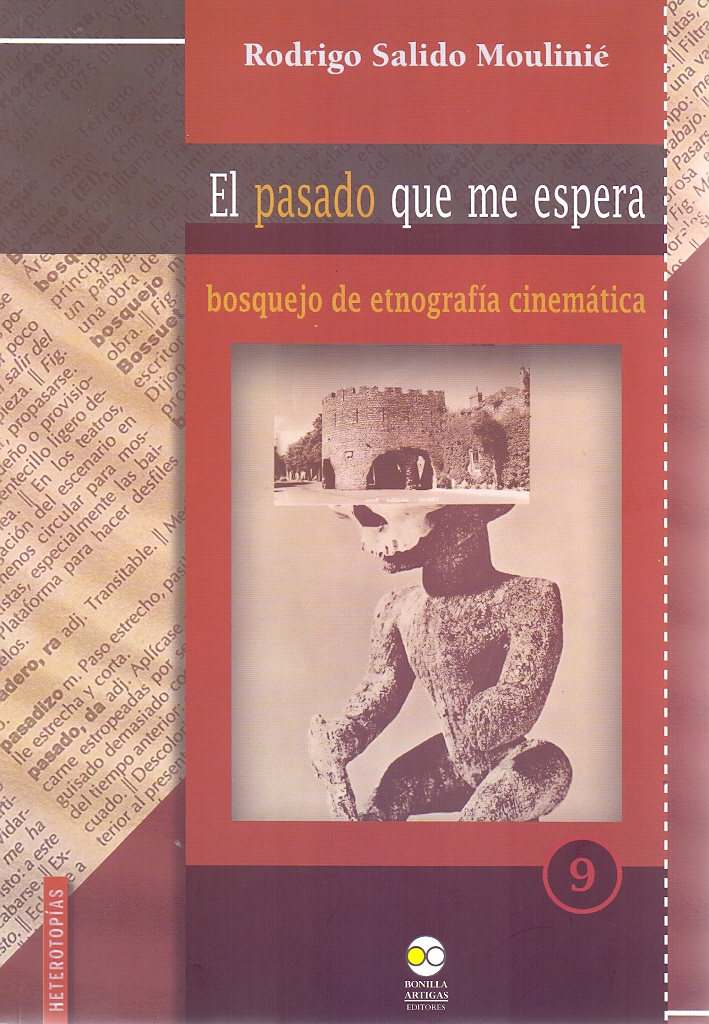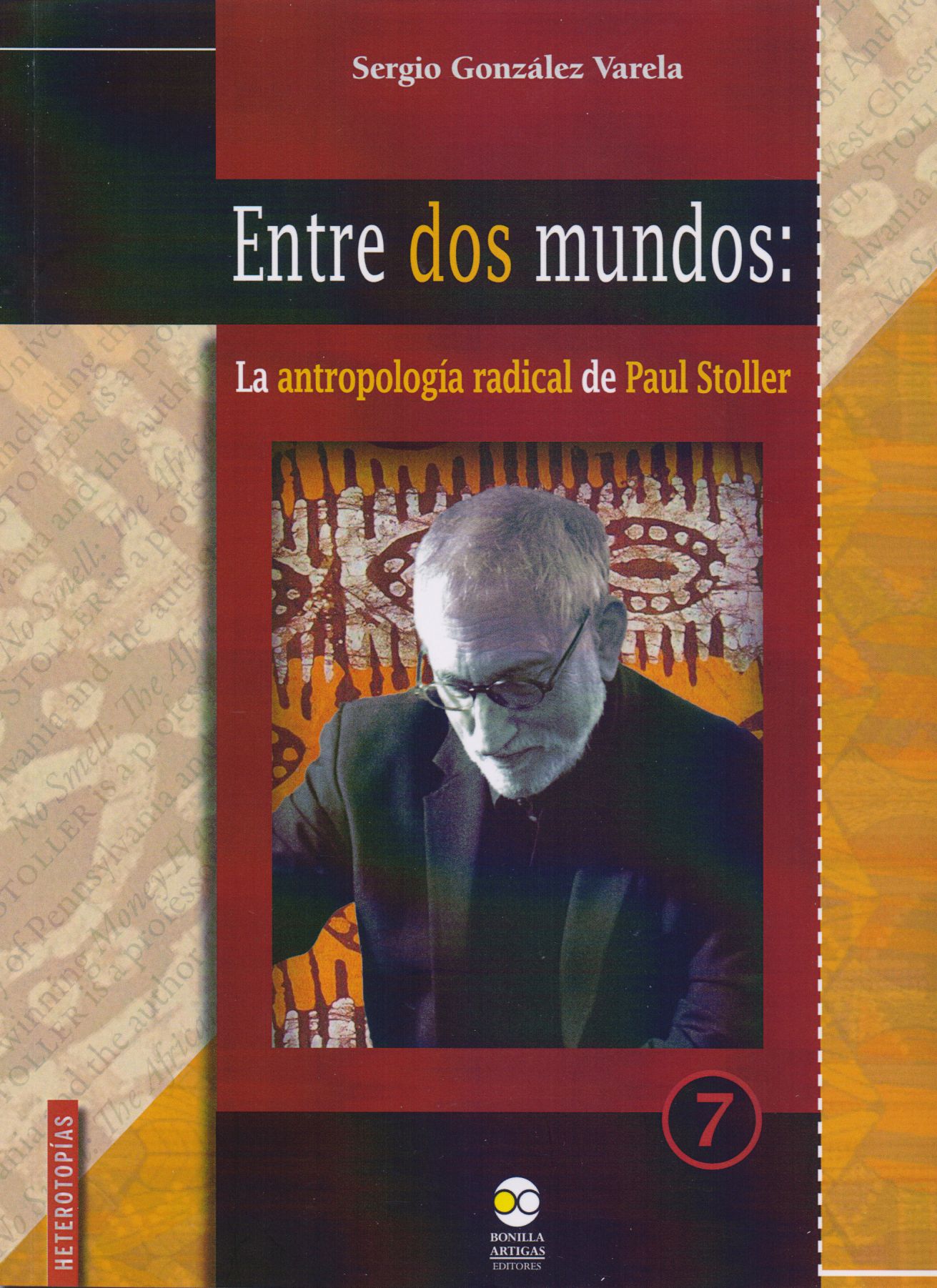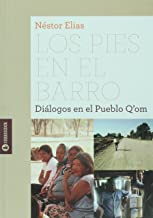Libros relacionados
 |
El Pasado Que Me Espera, Bosquejo de Etnografía Cinemática Salido Moulinié, Rodrigo Bonilla Artigas Editores |
 |
Entre Dos Mundos: la Antropología Radical de Paul Stoller González Varela, Sergio Bonilla Artigas Editores |
 |
Sueños y los Dias , Los: Chamanismo y Nahualismo en el Mexico Actual IV. Bartolome Miguel A. Instituto Nacional de Antropologia e Historia |
 |
Margnes del Estado Mexicano. Territorios Ilegales, Desarrollo y Violencia en Mic Maldonado, Salvador El Colegio de Michoacan |
 |
Paraíso en Cenizas. Una Odisea de Valentía, Terror y Esperanza en Guatemala Manz, Beatriz Fondo de Cultura Economica |


|
Título: Nayari History, Politics, And Violence: From Flowers To Ash | |
| Autor: Coyle, Philip E. | Precio: $800.00 | |
| Editorial: University Of Arizona | Año: 2001 | |
| Tema: Etnografia | Edición: 1ª | |
| Sinopsis | ISBN: 9780816519088 | |
| In recent years the Náyari (Cora) people of northwestern Mexico have experienced violence at the hands of drug producers and traffickers. Although a drug economy may seem potentially lucrative to such peasants, spreading violence tied to this trade threatens to destroy their community. This book argues that the source of the problem lies not solely in drug trafficking but also in the breakdown of traditional political authority. By studying the history of religious practices that legitimate such authority, Philip Coyle shows that a contradiction exists between ceremonially based forms of political authority and the bureaucratic and military modes of power that have been deployed by outside governments in their attempts to administer the region. He then shows how the legitimacy of traditional authority is renewed or undermined through the performance of ceremonies. Coyle explores linkages between long-term political and economic processes and changes in Náyari ceremonial life from Spanish contact to the present day. As a participant-observer of Náyari ceremonies over a ten-year period, he gained an understanding of the history of their ceremonialism and its connections to practically every other aspect of Náyari life. His descriptions of the Holy Week Festival, mitote ceremonies, and other public performances show how struggles over political legitimacy are intimately tied to the meanings of the ceremonies. | ||
Librería Bonilla SA de CV © Todos los derechos reservados. 2019
Última actualización: Jul 2019





